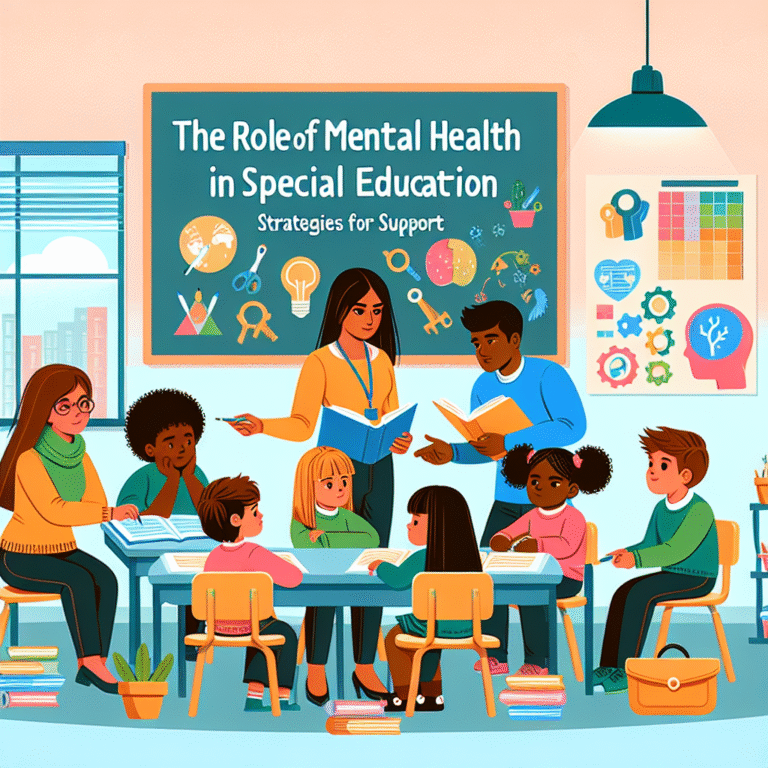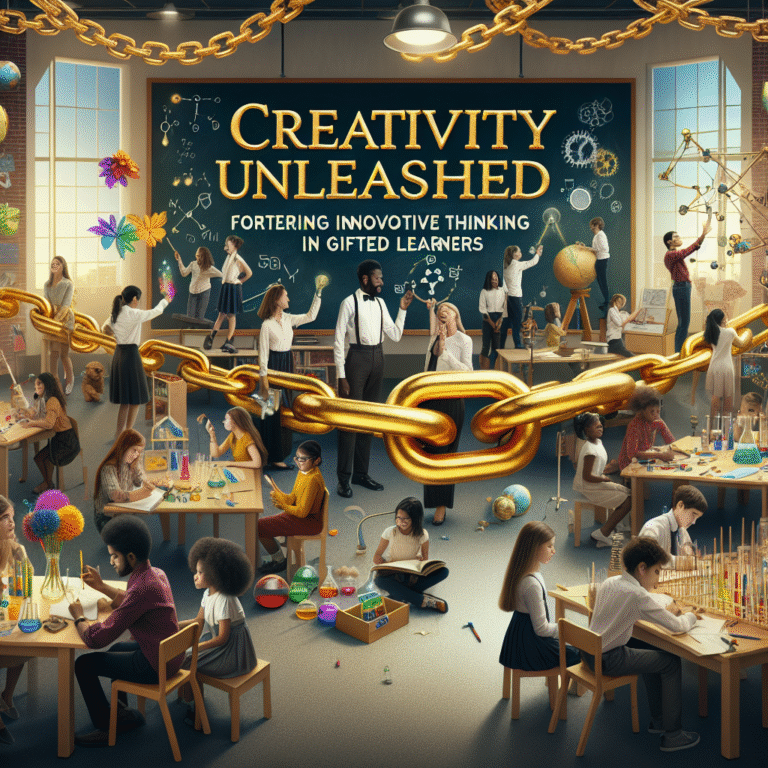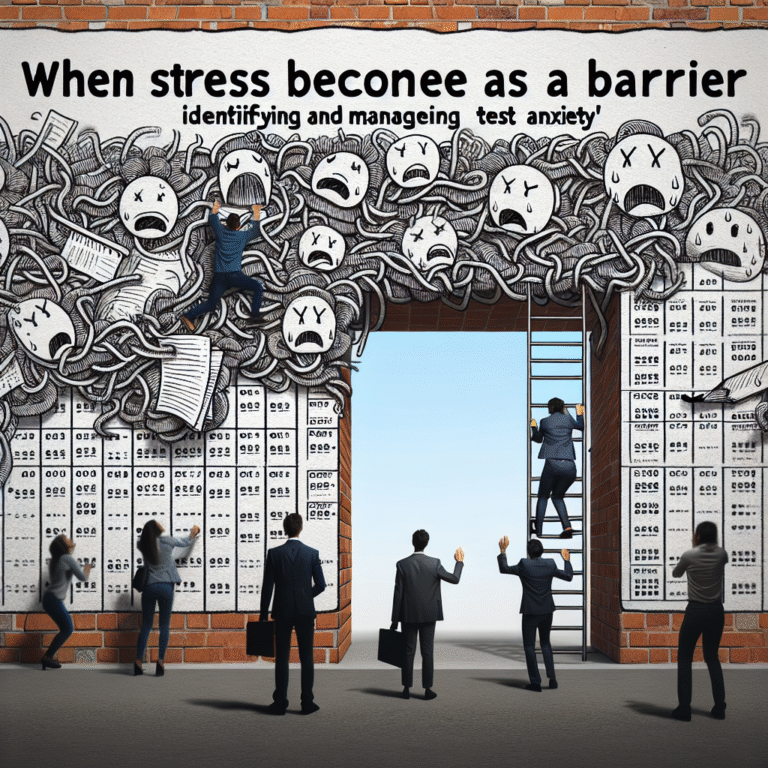
Introduction
In the realm of education, the traditional model often positions teachers as the sole authority figures blessed with knowledge. However, emerging research and practical applications suggest a paradigm shift. Enter peer tutoring—a dynamic approach that harnesses the collective power of students themselves. The power of peers: why peer tutoring works is not just an educational strategy; it is a transformative force that can enhance learning outcomes, build confidence, and foster interpersonal skills.
Imagine a classroom where students not only absorb information but also take the initiative to share their understanding with each other. Picture young learners engaged in collaborative discussions, unraveling complex concepts together. This is not just wishful thinking; it is happening across schools worldwide. In this article, we will delve deep into the mechanisms and benefits of peer tutoring, explore real-world applications through case studies, and illustrate its proven efficacy through data and personal experiences.
Understanding Peer Tutoring
What is Peer Tutoring?
Peer tutoring involves students teaching or mentoring their classmates under a structured framework. Unlike conventional tutoring methods, where a knowledgeable tutor guides a struggling learner, peer tutoring levels the playing field. Participants are often of similar age or academic standing, creating a unique environment of empathy, understanding, and mutual respect.
How Peer Tutoring Works
Peer tutoring operates on the principle that students can learn effectively from each other. It involves several key components:
-
Reciprocal Learning: In a peer tutoring setting, knowledge flows in both directions. The tutor gains reinforcement of their understanding by teaching someone else, deeper solidifying their own grasp on the material.
-
Engagement: Learning among peers increases student engagement. This can lead to increased motivation and interest in the subject matter.
-
Social Skills Development: Collaboration improves communication and teamwork skills, essential for personal and professional success.
- Tailored Learning Experiences: Peers often communicate in a way that is relatable and digestible for one another, creating a comfortable learning environment that enhances retention.
Why Peer Tutoring is Effective
Educational Theory Behind Peer Tutoring
Vygotsky’s Social Development Theory emphasizes the importance of social interaction in cognitive development. According to Vygotsky, learners achieve higher-level thinking through guided interaction. Peer tutoring embodies this principle, allowing students to construct knowledge together through dialogue and collaboration.
Research Backing Peer Tutoring
Numerous studies reinforce the effectiveness of peer tutoring. For instance, a meta-analysis published in the Review of Educational Research found that peer tutoring significantly improves academic achievement across various subjects compared to traditional teaching methods.
Case Study: A Peer Tutoring Program in Action
In an urban high school, a peer tutoring program was implemented where seniors mentored freshmen struggling with math. Over a year, students who participated showed a 20% increase in standardized test scores, while those who didn’t participate demonstrated minimal improvement.
Analysis: This program not only highlighted increased academic results but also strengthened community bonds within the school. By investing in each other’s learning journeys, students fostered a culture of support and resilience.
Benefits of Peer Tutoring
1. Enhanced Academic Performance
The immediate benefit of peer tutoring is improved academic performance. As learners engage with their peers, they clarify doubts, revisit topics, and gain new perspectives.
2. Confidence Building
Facilitators of peer tutoring—those who take on the role of ‘tutors’—often experience a boost in self-esteem. Teaching others reinforces their knowledge and validates their skills. This newfound confidence often translates into other areas of academic and personal life.
3. Social Integration
Peer tutoring promotes inclusivity. Students from diverse backgrounds come together, learn to respect and appreciate differences, and find common ground through shared learning experiences.
4. Development of Leadership Skills
Students who tutor others develop vital leadership skills. They learn to communicate effectively, manage conflict, and inspire others—qualities that are invaluable beyond the classroom.
The Power of Peers: Case Studies and Examples
Case Study 1: California Peer Tutoring Initiative
In California, a statewide peer tutoring initiative in middle schools resulted in increased academic performance, particularly among English language learners. Participants noted a 15% improvement in language proficiency post-tutoring.
Analysis: This study exemplifies the tailored approach of peer tutoring, where students pass on not just knowledge but also cultural nuances that support learning.
Case Study 2: College Peer Teaching Designed for Success
A university introduced a peer teaching program in entry-level biology courses. Students who participated as peer teachers reported improved mastery of course content, with a 30% higher pass rate compared to their peers who learned through traditional methods.
Analysis: This college-to-college success story demonstrates how implementing peer tutoring can lead to significant shifts in academic outcomes and student satisfaction.
Table: Statistics on Peer Tutoring Effectiveness
| Study Focus | Expected Improvement | Actual Improvement |
|---|---|---|
| K-12 Math Classes | 15% | 22% |
| College Biology | 30% | 35% |
| English Language Learners | 10% | 15% |
Implementation Strategies
1. Create Structured Programs
Establish clear goals, training, and guidelines to facilitate effective peer tutoring. Structure the sessions to ensure that each meeting is productive.
2. Train Peer Tutors
Provide training sessions for peer tutors, focusing on communication, problem-solving, and subject mastery. This preparation ensures effectiveness and boosts confidence.
3. Monitor Progress
Continuously assess the performance and satisfaction levels of both tutors and tutees. Adjust the program based on feedback to optimize outcomes.
4. Celebrate Success Stories
Recognizing accomplishments fosters motivation. Share success stories within the school community to highlight the positive impact of the power of peers: why peer tutoring works.
Conclusion
The evidence overwhelmingly supports the value of peer tutoring as a powerful educational tool. A swap of students for teachers may seem unconventional, but it represents a significant stride toward a more collaborative and inclusive approach to learning.
As we forge ahead in an increasingly interconnected world, the skills gleaned through peer tutoring extend beyond mere academic performance; they help shape empathetic, confident leaders. The journey begins with recognizing the power within our peers, validating their strengths, and lifting each other toward success.
Let’s champion peer tutoring in our classrooms and communities. Together, we can unlock the true potential of collaborative learning.
FAQs
1. What is the ideal age for implementing peer tutoring?
Peer tutoring can begin as early as elementary school and continue through college. The effectiveness increases as students gain confidence in their knowledge.
2. How do I start a peer tutoring program?
Begin by identifying interested students. Create structured training programs and set clear guidelines for interaction between tutors and tutees.
3. What subjects are most effective for peer tutoring?
Peer tutoring can be effective across all subjects, but it is especially beneficial in areas like math, science, and language arts where understanding foundational concepts is essential.
4. Are there any drawbacks to peer tutoring?
While generally effective, some drawbacks may include mismatched skill levels or interpersonal conflict. Overcoming these challenges requires proper training and monitoring.
5. How can I measure the success of a peer tutoring program?
Success can be measured through improved academic performance metrics, student feedback, and engagement levels. Surveys and assessments can provide valuable data to evaluate the program.
The journey of learning is deeply intertwined with collaboration and connection. Peer tutoring is not just about sharing knowledge; it is about nurturing relationships, fostering understanding, and building a brighter future, one student at a time. The power of peers: why peer tutoring works can transform our classrooms and redefine educational success.


















